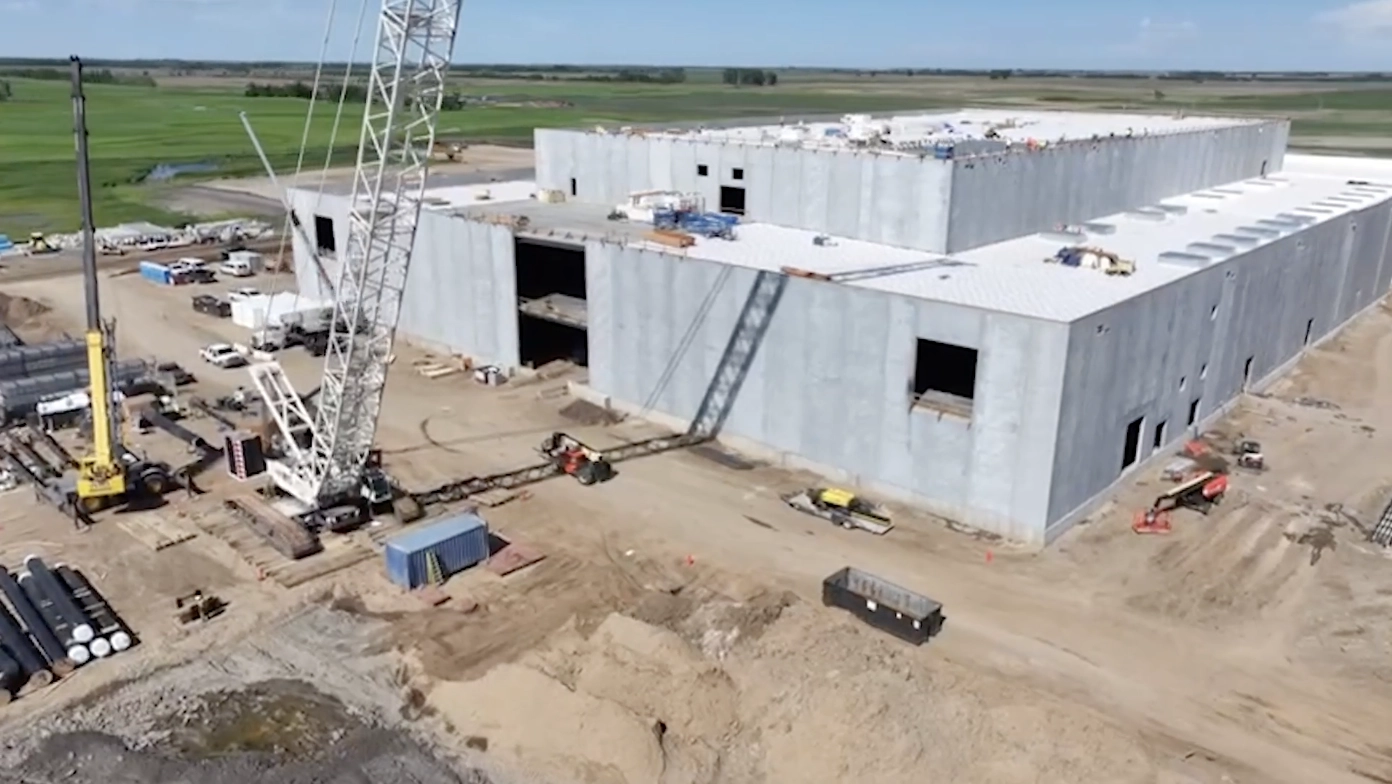Edge computing improves overall digital operations.
The term edge computing is firmly entrenched in the vocabulary of CIOs, technology providers and service providers. The drive to automate processes and extract value from data has created a need for compute infrastructure and connectivity to many new locations. Industry conferences frequently feature servers and management platforms to address the challenges of highly distributed operations and often harsh environments. SKUs for purpose-built edge products are available on technology provider websites. End-users are embracing hybrid and multicloud in their strategic planning. They are increasingly gaining awareness of the challenges of deploying and managing IT resources outside of the data centre.
Several years ago, the market buzz started about edge computing and was quickly met with a healthy degree of scepticism. CIOs had a burning question: How would edge computing enable or support business objectives and deliver new business value? The answer lies in how edge computing improves overall digital operations.
End-users today classify three-quarters of their edge workloads as highly critical. If these edge resources experience downtime, the consequences range from severe business interruptions to safety risks. This signals the increased reliance on edge resources and the need to ensure edge resilience. Edge infrastructure has evolved from supporting remote office and back-office applications to supporting digital business and operations.
Across all industries, organisations recognise that a centralised computing model is not effective in all situations. Despite data centre modernisation and cloud migration efforts, there are situations where it is desirable to move processing closer to where the data is being generated. This is the role of edge computing.
Please download the analyst brief below:



